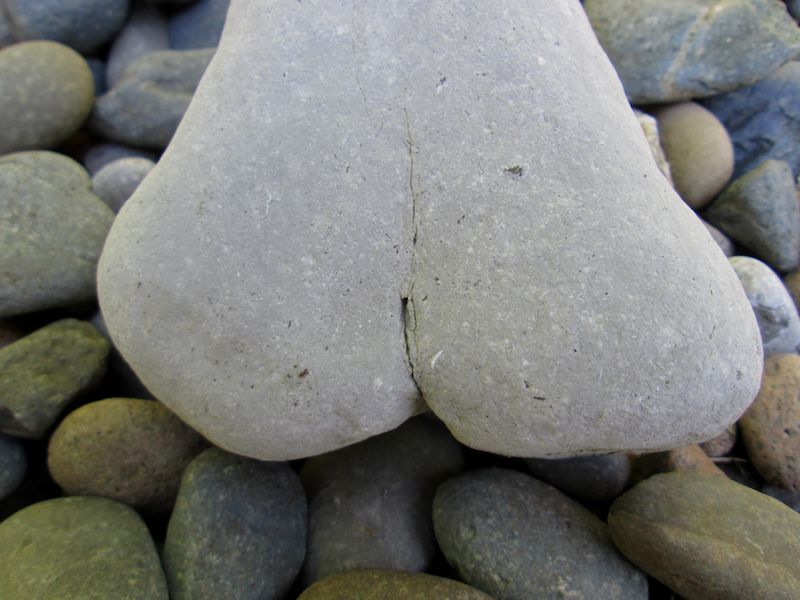eLife Hits Rock Bottom
eLife's new approach may take it out of the realm of journals, and clearly caters to author self-interest

From the start, eLife has struck me as a second-rate journal. This perception has just been reinforced.
It all began with their “I hate prestige, said the Nobel Prize winner editor” launch, which was simply weird. Then, when eLife was caught colluding with PMC to cut the line to publication and indexing, they never apologized for any of the hijinks, including coordinating a message to a competitor (PeerJ) to cover their tracks. Over the years, leadership of eLife has elided financial reports, lost leaders to PLOS, tied themselves into knots to make press releases look like papers, and slowly degraded into an accidental version of F1000.
Now, they may have finally hit rock bottom with a new plan to charge authors $2,000 for every paper that makes it past a desk reject stage, and then externalize any evaluation of merit to the reader. There’s still a peer review process, but authors have to pay before they can use it. This all starts next year.
It’s worth recalling that at one point, eLife was spending upwards of $14,000 to publish an article, before they introduced their APC. Their most recent APC was $3,000. The vast difference between those figures indicates they’ve been cutting the level of service significantly before now.
And how do they get from $3,000 to $2,000? Hint: By cutting service.